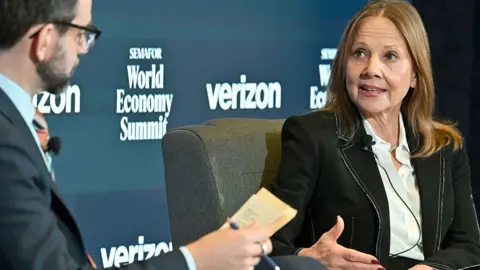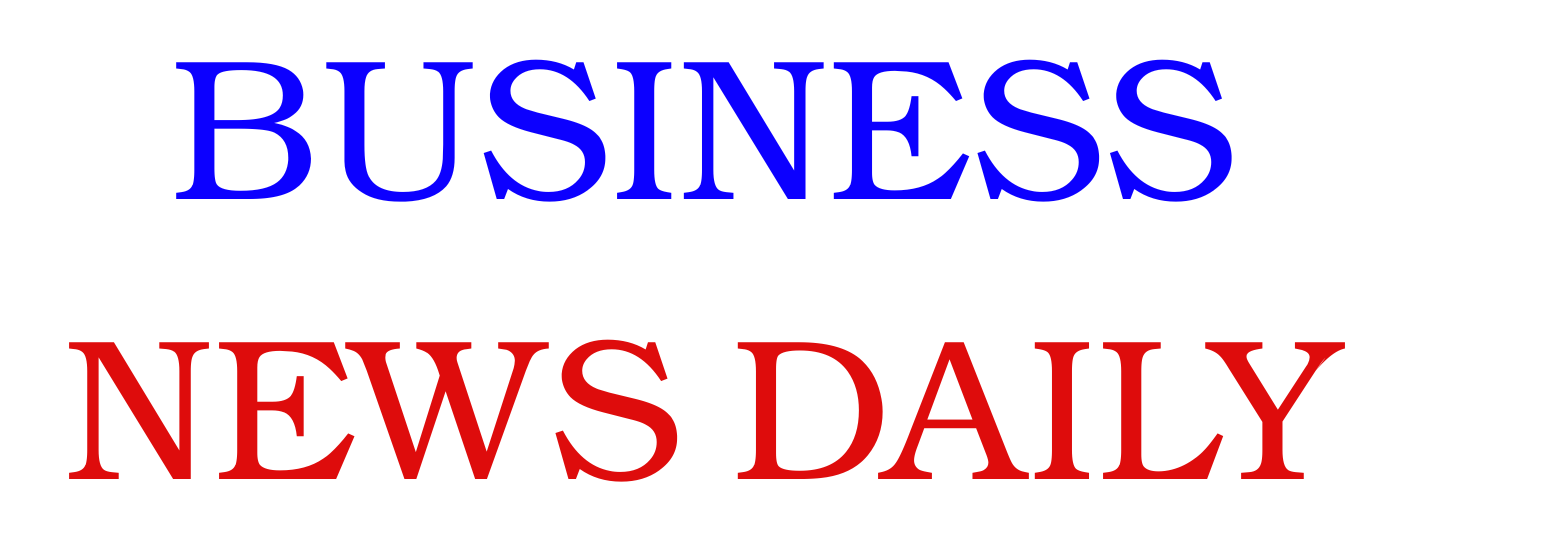‘Nightmare’ tariff wall emerges for US companies

 Waza
WazaDonald Trump took the trade world by storm when he returned to office, announcing new and higher tariffs on imports, starting with goods from China and quickly spreading to almost every country in the world.
As the confusion from the threats, negotiations, climb-downs and carve-outs starts to clear, a new economic landscape is emerging. Trump is building a steep, and often expensive, wall of tariffs, the likes of which has not existed in the US for more than a century.
“It’s been an absolute nightmare,” said Jared Hendricks, owner of the Utah-based Village Lighting Company, who took out a $1.5m (£1.1m) loan backed by his home earlier this year to cover the unexpected jump in his costs.
Since April, most goods coming into the US have faced taxes of at least 10%.
The pause on some of Trump’s plans to levy even higher tariffs is now coming to an end, and larger taxes are set to start on 1 August.
In recent weeks, Trump has sent letters to some countries outlining his planned tariffs on goods from their countries. He has also reached agreements, described as “frameworks”, with major trading partners, including the European Union and Japan, that leave key issues unresolved while establishing levies that were once unthinkable.
In general, goods coming into the US are to be taxed 10% to 50%, depending on their origin, compared to an average tariff rate of less than 2.5% at the start of the year.
Though Trump has dropped some of his most extreme threats, his plans still represent a “dramatic shift”, one poised to be “significantly disruptive”, said Wendy Cutler, senior vice president at the Asia Society Policy Institute.
“We’re definitely in a tariff world,” she said.
Trump said the measures – delivering on a top campaign promise – have been “unbelievable”.
They are bringing back US manufacturing, he said, opening up overseas markets and raising money for the US government – which has already collected more than $100bn in tariff revenue this fiscal year, a record. He is also using them to push other countries on a range of non-trade issues, including military spending and social media.
“We have the hottest country of anywhere in the world,” he said recently.
 Jared Hendricks
Jared HendricksMr Hendricks, who employs about a dozen people, though, said the new levies had created a range of challenges for his business selling Christmas lights and decor mostly made in southeast Asia.
He is expecting many of his shipments to arrive after 1 August. He struggled to compete with bigger players also pressing suppliers and shipping firms to deliver before the deadline.
The new costs hit during the off-season, when he has little money coming in.
“A hundred billion dollars in tariffs and they’re celebrating that?” he said. “That’s on the backs of people like me that are now trying to figure out how to pay payroll.”
Larger businesses, too, say the tariffs already are hurting their bottom lines, even though the White House has granted some exemptions and the full plans have yet to come into force.
General Motors recently told investors it paid more than $1bn in tariffs from the beginning of April through the end of June, despite carve-outs for car parts from Mexico and Canada. Tesla spent an extra $300m.
Toymakers Hasbro and Mattel expect tariffs to cost tens of millions this year and have reduced their sales forecasts, while aerospace manufacturer RTX, formerly Raytheon, said the measures would cost it $500m, after mitigation efforts.
 Getty Images
Getty ImagesExecutives in some industries, like steel, say the new protections will boost domestic demand for their products. Labor unions have backed parts of Trump’s plans, too.
But economists still expect the levies to lead to slower growth in the US, as company profits take a hit. Firms must then cut back on investing or risk hurting sales by raising prices, or both.
Waza, a Los Angeles shop that employs about 30 people in the US selling Japanese-made products like kitchen knives and incense, has already started raising prices 10% to 20%.
Executive Vice-President Anri Seki said sales were holding up and, after months of uncertainty, she hoped the business would be able to move forward.
But the back-and-forth has pushed the firm to consider looking outside the US to expand.
Despite efforts in Japan and the US to sell a deal on a 15% tariff as positive, she said the outcome was disappointing.
“It just feels unfair,” she said. “It’s really hard for everyone to see what is the good ending point.”
Recently, Goldman Sachs analysts estimated the tariffs would lower US growth by 1 percentage point this year.
Still, shares in the US have soared to new highs, as fears that gripped financial markets after Trump’s so-called Liberation Day tariff announcement in April have abated.
Consumer confidence has picked up, prices have remained contained and the job market is still chugging.
Some of that is from earlier uncertainty being resolved, said Ernie Tedeschi, director of economics at the Budget Lab at Yale University, who predicts the levies will shave about 0.8 percentage points off growth this year.
“There is a vast valley between ‘good’ and ‘recession’,” he said. “There’s this middle ground of ‘not great’…And I think that is what we’re looking at with tariffs.”
But Tim Quinlan, senior economist at Wells Fargo, said people may be underestimating risks.
Consumer spending on discretionary services, like taxi rides or air travel, slipped in the first five months of the year – something that has only happened during or immediately after recessions, he noted.
He said that did not necessarily mean “a recession is around the corner”, but cautioned it had “raised doubts about the ability of the consumer to continue to underpin the economy”.
With stockpiles of goods that pre-date the tariffs dwindling and 1 August looming, the full effects of the measures will be felt in months ahead.
“People have sort of moved on, but now they’re going to be reinstated in August it’s going to be right back where we were,” said Julie Robbins, chief executive of Earthquaker Devices, an Ohio-based manufacturer of guitar pedals.
The business, which employs about 34 people, has held off hiring and delayed purchases this year, as its profits erode and costs climb. It plans to raise prices, but isn’t sure how much.
Already, sales outside the US – about 40% of the business – have dropped, which Ms Robbins attributes to backlash against Americans, at least partly over tariffs.
“I view the tariffs and the current trade war policy as the largest threat to our business,” she said. “There are so many ways this could go sideways.”


